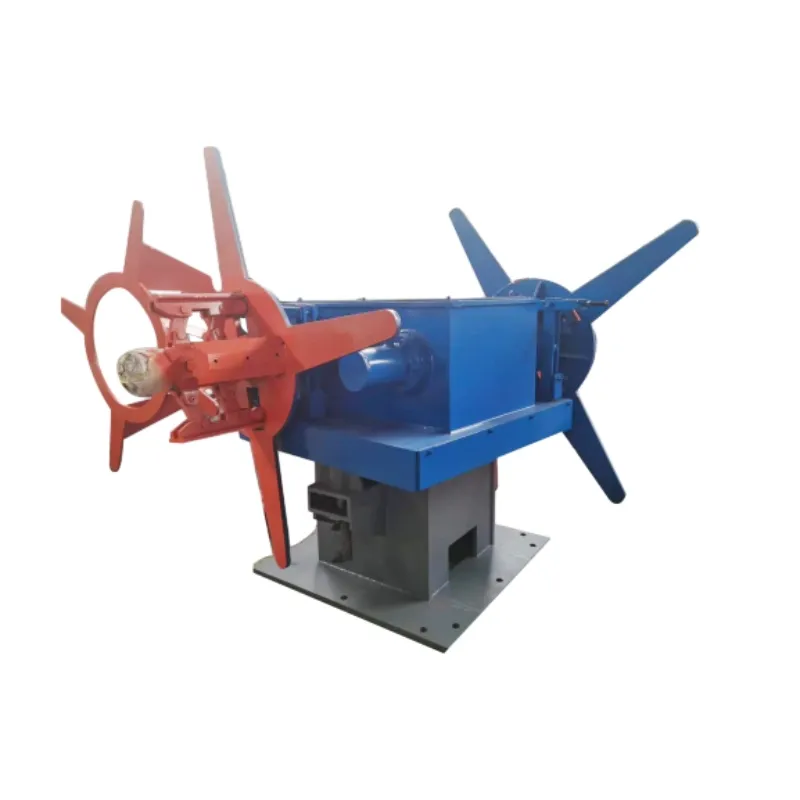steel forming machine
The Evolution and Importance of Steel Forming Machines in Modern Manufacturing
Steel forming machines have become an integral part of modern manufacturing processes, playing a crucial role in the production of steel components that are essential for various industries including construction, automotive, aerospace, and many others. These machines undergo constant technological advancements to meet the evolving demands of production efficiency, precision, and versatility.
The Basics of Steel Forming
Steel forming refers to the process of shaping steel into desired forms and structures. This is typically achieved through various methods such as rolling, forging, bending, and forming, each utilizing specialized machinery tailored for specific applications. Steel forming machines can operate with high levels of precision, ensuring that the components produced meet the exact specifications required for their intended use.
Types of Steel Forming Machines
The landscape of steel forming machinery is diverse, encompassing a broad range of technologies
. Notable types include1. Roll Forming Machines These machines continuously shape flat steel sheets into specific profiles as they are fed through a series of rollers. Roll forming is particularly advantageous for producing long lengths of uniform profile sections such as those used in roofing and siding.
2. Press Brakes Press brakes are used to bend metal sheets at precise angles. They apply force through a ram that presses down on the material against a die. Modern press brakes are often equipped with computer numerical control (CNC) systems for enhanced accuracy and repeatability.
3. Stamping Machines These machines cut and form steel into desired shapes using dies. Stamping is widely used in the automotive industry, where intricate designs and high-volume production are paramount.
4. Hydraulic Forming Machines Utilizing hydraulic pressure, these machines can achieve complex shapes that are often required in aerospace and other specialized industries. The versatility of hydraulic forming makes it ideal for parts that require strength and durability.
steel forming machine

5. Shearing Machines Shear cutting machines are used to cut steel sheets into specific dimensions. The shearing process is crucial for preparing raw materials before they undergo further forming processes.
Technological Advancements
The steel forming industry has witnessed significant technological innovations over recent years. Automation plays a key role, substantially increasing production rates while reducing human error. CNC technology allows for greater flexibility in production, enabling companies to easily switch between different parts and designs with minimal downtime.
Additionally, the integration of Industry 4.0 concepts, such as IoT (Internet of Things) and data analytics, enhances predictive maintenance, helping manufacturers to minimize downtime and optimize operational efficiency. Machines can now provide real-time data on their performance, allowing for immediate adjustments and improvements in the production process.
Environmental Considerations
As global awareness of environmental issues grows, the steel forming industry faces increasing pressure to adopt sustainable practices. Many manufacturers are seeking machines that reduce energy consumption and waste production. New technologies in hydraulic systems and electric drive mechanisms are being explored to provide more energy-efficient solutions without compromising productivity.
The shift toward recycled steel is also gaining momentum. Steel forming machines can be optimized to work with recycled materials, contributing to a circular economy and reducing the need for raw material extraction.
Conclusion
Steel forming machines are vital to the manufacturing landscape, providing the tools necessary to produce the numerous steel components that support our modern world. As industries continue to evolve, so too will the machines that shape our materials, integrating advanced technologies and sustainable practices. The future of steel forming machines is bright, promising increased efficiency, reduced environmental impact, and continued innovation in manufacturing. The significance of these machines cannot be understated, as they not only drive productivity but also play a crucial role in the overarching narrative of industrial advancement.
-
High Frequency Straight Seam Welded Pipe Production Line-BzZhou Xinghua Machinery Equipment Manufacturing Co., LTD.|line pipe steel&welded gas pipeNewsJul.30,2025
-
High Frequency Straight Seam Welded Pipe Production Line-BzZhou Xinghua Machinery Equipment Manufacturing Co., LTD.|High Precision&Automated SolutionsNewsJul.30,2025
-
High Frequency Straight Seam Welded Pipe Production Line - BzZhou Xinghua Machinery Equipment Manufacturing Co., Ltd.NewsJul.30,2025
-
High Frequency Straight Seam Welded Pipe Production Line-BzZhou Xinghua Machinery Equipment Manufacturing Co., LTD.|Precision Welding, High EfficiencyNewsJul.30,2025
-
High Frequency Straight Seam Welded Pipe Production Line|BzZhou Xinghua|Precision Welding&EfficiencyNewsJul.30,2025
-
High Frequency Straight Seam Welded Pipe Production Line - BzZhou Xinghua|Precision Engineering&EfficiencyNewsJul.30,2025


